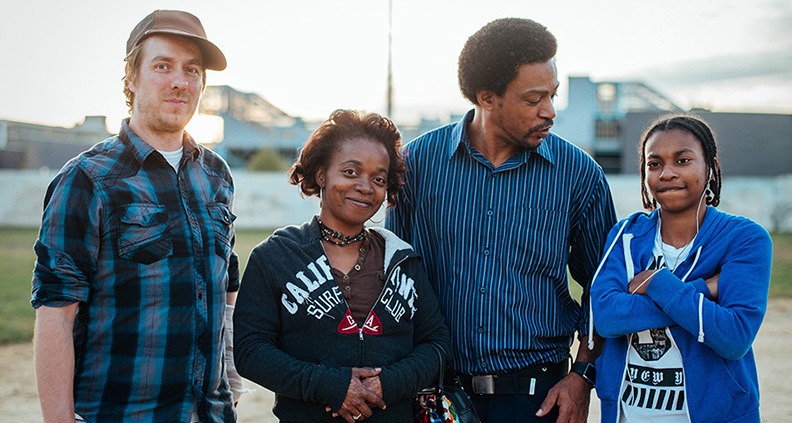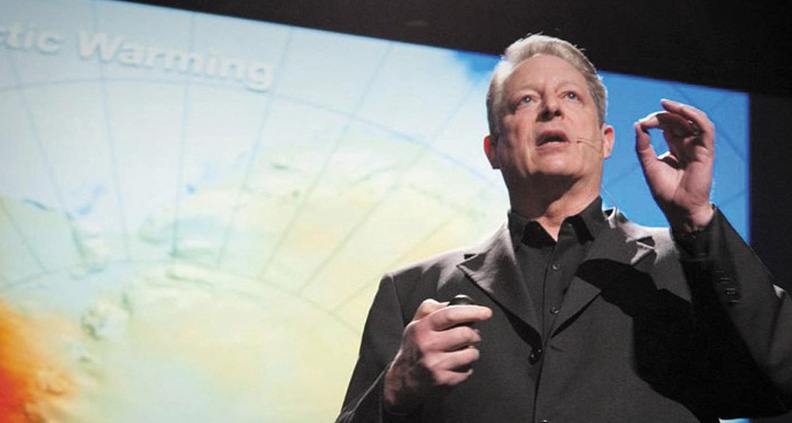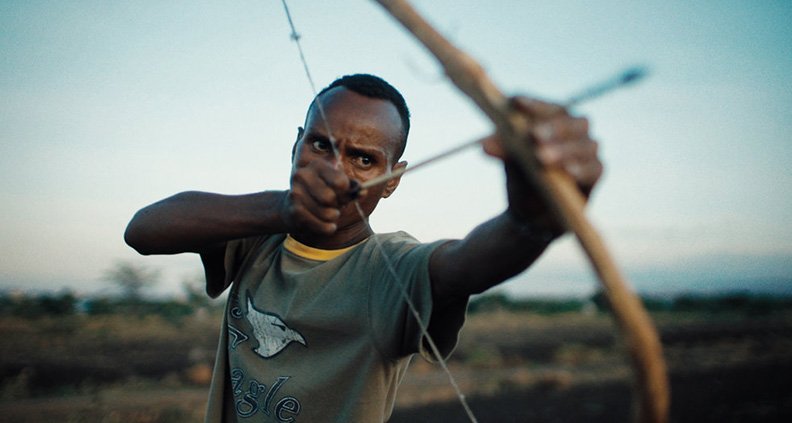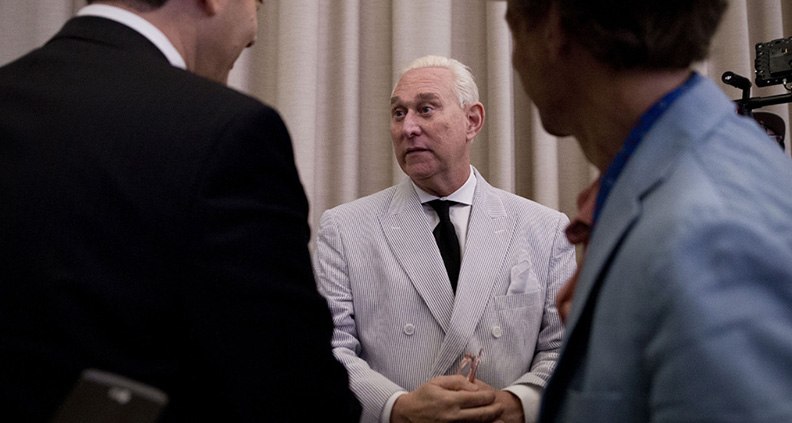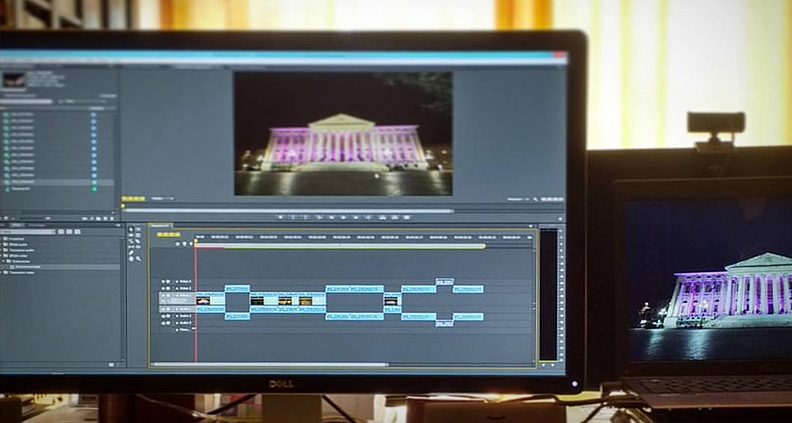If making a nonfiction film is like climbing Mt. Everest, then having an experienced documentary editor is a bit like hiring your own personal Sherpa: they possess all sorts of valuable knowledge, experience and skill for the journey ahead and are committed to helping you get to where you want to go—even if you aren’t sure where that is exactly. And the best ones will do everything in their power to make sure you don’t do something stupid. Like wander off a cliff. This month, we’re going to take a look at editing for documentary film with help from a handful of accomplished filmmakers and editors who were kind enough to share their ideas and opinions about project scheduling, collaboration, narrative structure and—most importantly!—delivering the goods.
BUILDING YOUR TEAM
Documentaries differ in many ways from narrative films. One key difference with regard to editing is the vast amount of footage and other material that the typical documentary project will often amass. For instance, director Jonathan Olshefski filmed the Rainey family in North Philadelphia for a decade for his film Quest (the 2018 winner of Jeep brand Truer Than Fiction Award at the 2018 Film Independent Spirit Awards)—all to produce one 105-minute feature. Yet another example is this year’s award-winner for Best Editing for a Documentary Film at Tribeca, When Lambs Become Lions. Director Jon Kasbe spent over three years filming in Kenya, even returning to capture a pivotal moment in his main subject’s life mere weeks before the film’s premiere. And with hundreds of hours of footage staring you in the face, wrapping your head around how to build the film you envision can understandably feel like a daunting process. So! Here are two valuable approaches that can help you tackle this Everest-sized mountain of material:
BRING ON YOUR EDITOR ASAP
Budget permitting, try to bring an editorial team onto the project while still in production, the earlier the better. Having an extra set of eyes can help determine what’s working, what isn’t, what storylines need more coverage and possibly even suggest adjustments to the way a subject is being filmed to get better results. Don Bernier, editor of An Inconvenient Sequel: Truth to Power, says that coming onto a project early is an opportunity for editors to make recommendations about filming additional footage. But he also encourages editors to “find things in the existing material and make connections that may not have been intentional.” While editing his last project, Charm City, about the recent wave of violence in Baltimore, director Marilyn Ness provided Bernier with footage, which he edited into a strong portrait of the Rose Street community. In doing so, they realized that the film needed more footage of the Baltimore police so that the film could fully present the balance between the Rose Street community and law enforcement. Because of Bernier’s input, it was then clear to Ness that with the remaining time she had left to shoot she needed to work harder to develop a stronger relationship with city cops, comparable to what she had with Rose Street.
USE MULTIPLE EDITORS
If you can afford it. This will give you extra sets of eyes to sift through your hours and hours (and hours) of footage. It can also elevate the collaborative process, creating opportunities for your editing team to share ideas and interrogate the ideas of the producers and directors. Jon Kasbe, director and editor of When Lambs Become Lions, hired film editor Frederick Shanahan to create his first assembly. Kasbe then joined in and the two worked together, trading scenes, sounding ideas for each other and crafting the overall shape of the film. Once they had the rough cut, Jon brought in yet a third editor, Caitlyn Greene. “She started by doing a ‘fire sale,’” he explains. “If your house were burning down what would you bring with you? With the skeleton of the plot left, we dug into the core of each scene.” He continued: “Some of the best edits came out of all three of us arguing for what we believed—challenging each other to push the material.”
PLOT A COURSE
Another big difference between narrative and nonfiction film is that much of the documentary work seen today is driven by vérité storytelling. Editorially, this means that while narrative films have scripts, which can serve as a road map for the editor, while documentaries do not—and may even lack an outline. Documentary directors and editors must look at what they’ve shot and what they might still intend to shoot and reverse-engineer a film’s structure and pacing. Jason Pollard was an editor on Get Me Roger Stone. This film charts Stone’s rise in politics as coincides with an ideological shift in the Republican Party. It’s an intricate tapestry of political figures from the past contrasted to the emerging power players of the 2016 election cycle. While Pollard was editing the film, the unprecedented Trump campaign played out in real time in front of the documentary’s cameras, which were still filming. Pollard admits, “Weaving all this together was extremely difficult. The structure of the film definitely came about in the editing room… I think the insertion of Trump in different sections gives the film a bolt of energy where it’s needed.”
REACHING YOUR DESTINATION
How do you know when the edit is finished? When is your film done? This is a conundrum directors and editors face on every project. There’s no definitive cue that tells you when the editing is done. You must watch your film, over and over. When the story feels right and you see a tone and pacing that will hopefully keep viewers engaged, it’s at that moment you can decide, “That’s it, we’re done!” Jon Kasbe suggests, “Your perspective is so valuable in this process. At the same time, surround yourself with perspectives you trust. Editing is an exercise in patience and commitment.” And although editor Don Bernier is wary of offering advice, he feels that “being open enough to tackle a scene in a dozen different ways according to my director, producer, spouse or assistant editor” is a path towards great editing. I want to sincerely thank Jason Pollard, Jon Kasbe and Don Bernier for sharing their ideas, knowledge and expertise for this article. Thank you. Learn how to become a Member of Film Independent by visiting our website, and click here to subscribe to our YouTube channel. Also, why not be our friend on Facebook, Twitter and Instagram?
